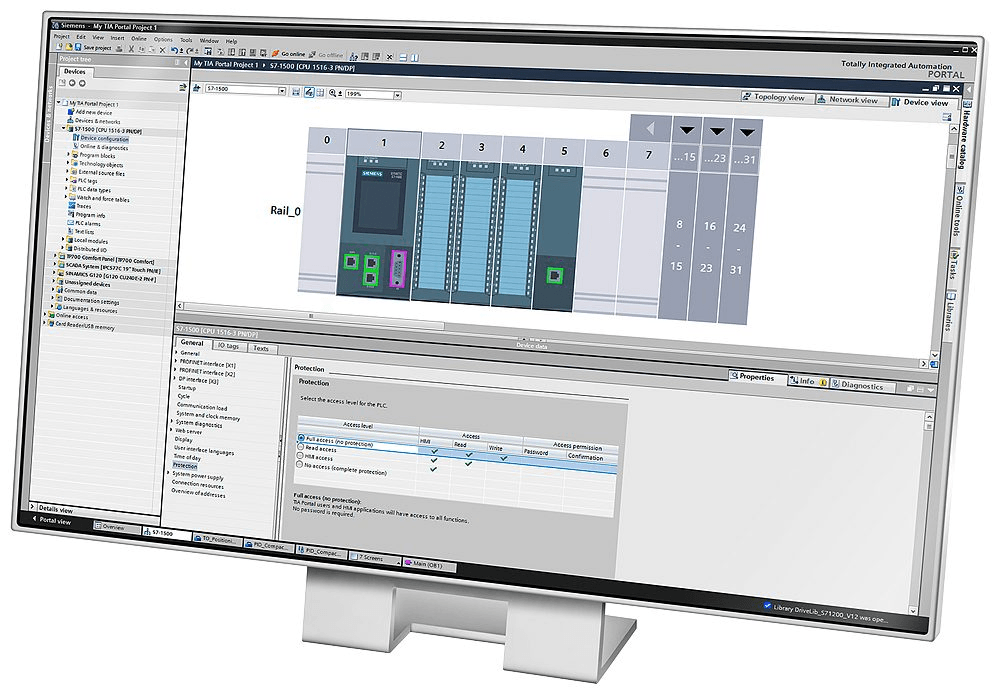

Accordingly, the rotational speed is the number of complete revolutions that object makes in a unit of time. The rotational speed is a slightly different term, related rather to rotating objects than to objects that change their position in space. According to the textbook definition, the instantaneous speed is the change in object position, x, between two times, t₁ and t₂ (where this time interval approaches zero, i.e., t₂ - t₁ -> 0). So, what does the number your speedometer indicates really mean? That is your instantaneous speed your speed at this exact moment. Conclusion - the average speed is the total distance traveled in a unit of time (e.g., in an hour). The actual distance you travel in an hour is the average of all these speeds. We know that, in practice, keeping the speed exactly constant is almost impossible (although, on a highway with cruise control, it is nearly possible), and our speed fluctuates all the time, more or less.

From this, you know how far you will drive if you keep the speed constant. You glance down at the speedometer of your car it reads 100 kilometers per hour. You are driving along the long, open highway. For the purpose of two first, we will try to visualize it with an example of driving a car. Let's consider the differences between instantaneous speed, average speed and rotational speed. Speed is not a precise term - there are a few more accurate meanings, and they should not be confused with each other. In a more simple way - speed is the distance traveled per unit of time.īe sure to check out our fuel cost calculator while you are here. The units of speed are specified by traveled distance units divided by units of time, and that is the general idea of speed. Everything about speed is related to distance and time.

The speed definition hides behind these units, and we can get familiar with it by examining them. On the other hand, physicists most often use the SI base units which are meters per second (m/s). So, we can say that the human perception of speed is relative.Īutomobiles and trains measure speed in kilometers per hour (kph) or in miles per hour (mph), and on airplanes and ships we usually use knots (kn). For example, when you drive a car at a speed of 50 km/h, this is not too fast relative to the max speed of the car, but when you ride a bike with the same speed, it fells like a lot. What is more, we have a sense that tells us how quickly we are traveling at, that is we can sense whether we are moving fast or not. We mostly associate speed with moving objects than with scientific equations. However, when you take the time to think about it, you don't see the vectors and formulas from your textbook, but instead a cyclist, flying jet or speedometer needle. We have all heard of speed, but how confident are you in your understanding of this concept? Speed is, by definition, purely related and connected to physics.


 0 kommentar(er)
0 kommentar(er)
